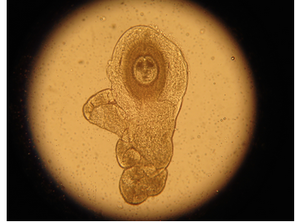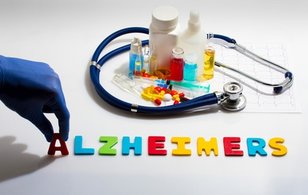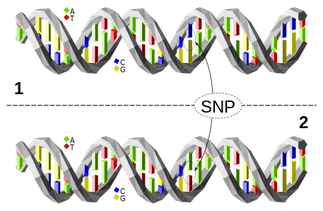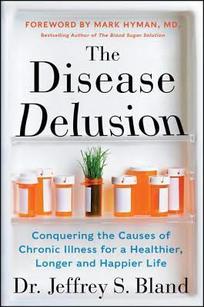| I found this article in the magazine, Holistic Primary Care and wanted to share it with you. What the Helminth! Are “Purposeful Parasites” The Next Probiotics? |
There has been some research for a number of years indicating that the disappearance of parasitic disease in the U.S. may be a reason for the increase in autoimmune disease. Although I personally am not ready to try this with my patients, I feel that people in the U.S. should know about it as a possible treatment. Pressure should be put on the NIH, CDC and FDA to promote research in this direction.














 RSS Feed
RSS Feed